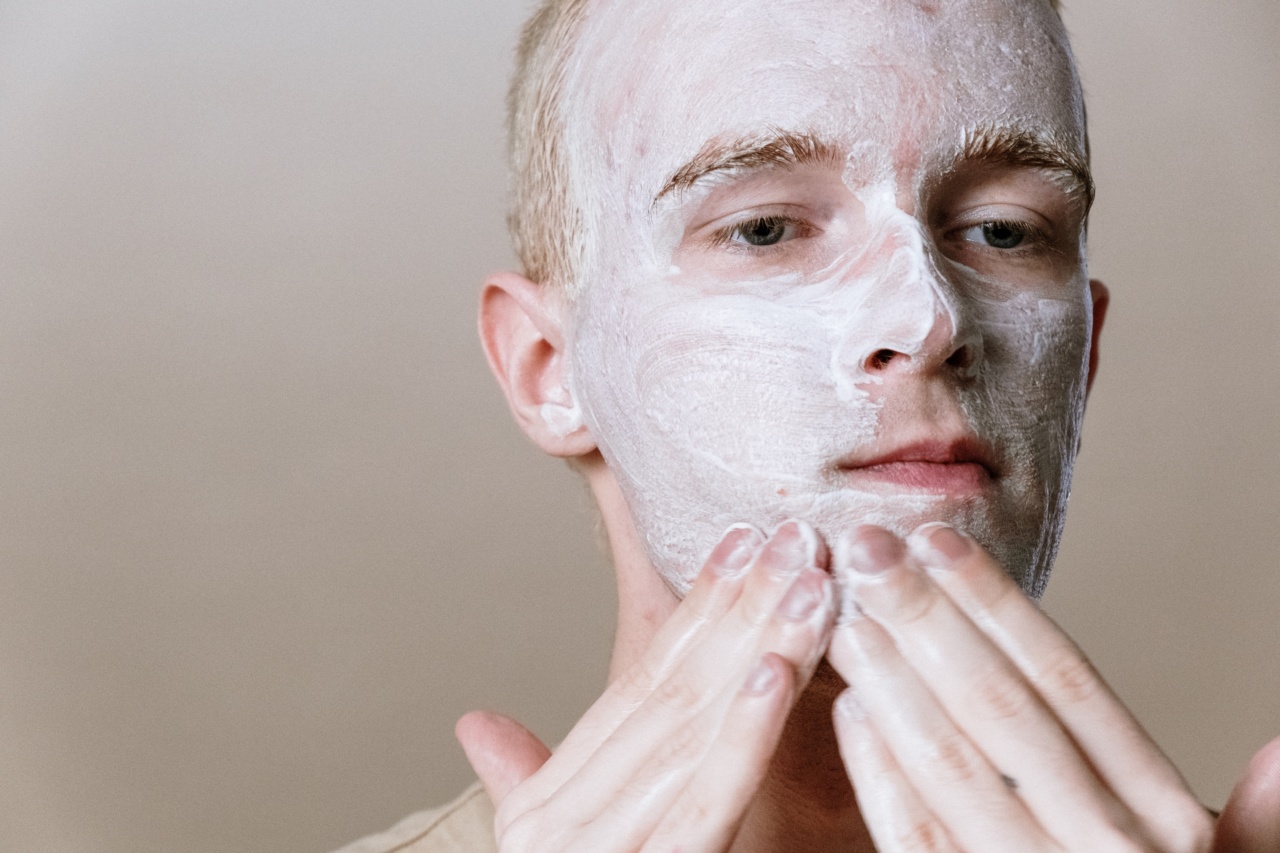Acne is a common skin condition that affects millions of people worldwide. It can be a source of frustration and embarrassment, impacting our self-esteem and overall well-being.
While there are numerous treatments available in the market, facial mapping has emerged as a groundbreaking approach to combat acne effectively. This revolutionary technique analyzes the location of acne breakouts on the face to identify underlying causes and develop targeted solutions. In this article, we will explore the concept of facial mapping and how it can revolutionize acne treatment.
The Science Behind Facial Mapping
Facial mapping is rooted in the ancient practice of face mapping, where Chinese medicine and Ayurveda believed that different parts of the face correspond to specific organs and systems in the body.
Modern facial mapping focuses on identifying patterns and trends in acne breakouts on different areas of the face to determine the possible causes. By examining the location, size, and type of acne blemishes, dermatologists and skincare experts can gain valuable insights into an individual’s overall health and potential internal imbalances.
Understanding Facial Zones
Facial mapping divides the face into several zones, each associated with distinct internal organs or external factors. Understanding these zones is crucial for a comprehensive analysis of acne causes and treatment strategies.
Let’s explore some of the key facial regions and their corresponding indications:.
1. Forehead
The forehead is often linked to the digestive system and bladder. Breakouts in this area may signify poor digestive health, unhealthy dietary habits, or an overactive bladder.
2. T-Zone (Nose, Chin, and Center of Forehead)
The T-zone is known for having more oil glands than other areas. Acne in this zone can be attributed to hormonal imbalances, stress, poor diet, or excessive oil production.
Hormonal acne is particularly common in women and may flare up during certain phases of the menstrual cycle.
3. Cheeks
The cheeks are connected to the respiratory system and lungs. Acne on the cheeks may indicate allergies, pollution exposure, or respiratory issues. Incorrect cell phone hygiene or dirty pillowcases can also contribute to cheek breakouts.
4. Chin and Jawline
Acne breakouts along the chin and jawline are commonly associated with hormonal imbalances, particularly in women. They often occur during menstruation, pregnancy, or when hormonal contraceptives are used.
Stress, poor diet, and digestive problems can also contribute to acne in this area.
The Benefits of Facial Mapping in Acne Treatment
Facial mapping offers several benefits for individuals struggling with acne:.
1. Accurate Diagnosis
By examining the location and type of acne breakouts, facial mapping helps dermatologists determine the underlying causes of acne accurately.
This allows for a more targeted and customized treatment plan, taking into account the individual’s specific concerns and needs. It reduces the trial and error process often associated with traditional acne treatments.
2. Holistic Approach
Facial mapping takes a holistic approach to acne treatment by considering both internal and external factors. It recognizes that acne can be influenced by a wide range of factors, including hormones, diet, lifestyle, stress, and skincare routines.
By addressing these underlying causes, facial mapping aims to provide long-lasting outcomes, tackling the root of the problem rather than just the symptoms.
3. Prevention of Future Breakouts
Facial mapping is not only effective in treating existing acne; it also helps identify potential triggers for future breakouts.
By understanding the patterns of acne on different areas of the face, individuals can make necessary lifestyle changes or take proactive measures to prevent acne from resurfacing.
4. Personalized Skincare Recommendations
Based on the analysis of facial mapping, dermatologists can provide personalized skincare recommendations to combat acne effectively. This may include suggestions for suitable cleansers, moisturizers, exfoliators, and targeted treatments.
By tailoring recommendations to the individual’s specific needs, facial mapping ensures optimal results and minimizes adverse reactions.
Facial Mapping Techniques
Various techniques are used in facial mapping to analyze acne patterns:.
1. Visual Inspection
A dermatologist visually inspects the face, noting the location, size, and severity of acne breakouts. This observation provides valuable initial insights into the potential causes.
2. Face Mapping Charts
Face mapping charts are an essential tool in mapping acne to systemic imbalances. These charts indicate the potential meanings behind acne breakouts in different facial zones, helping in identifying relevant internal factors.
3. Skin Analysis Devices
Dermatologists may use advanced skin analysis devices to examine the skin in detail. These devices help measure sebum levels, hydration levels, pore sizes, and other crucial parameters.
This data can be useful in confirming the observations made during visual inspection and identifying additional contributing factors.
Combating Acne Based on Facial Mapping Results
Once facial mapping analysis is complete, appropriate acne treatment can be recommended. Here are potential treatments based on common acne patterns:.
1. Forehead Acne
To combat forehead acne related to digestive issues, individuals can focus on a healthy diet rich in fruits, vegetables, and fiber.
Drinking plenty of water and maintaining good digestive health through regular exercise and stress management techniques may also help.
2. T-Zone Acne
For hormonal acne in the T-zone, dermatologists may recommend hormonal therapies, such as birth control pills or anti-androgen medications.
Adopting a balanced diet, managing stress levels, and consistently following a suitable skincare routine can also contribute to managing T-zone acne.
3. Cheek Acne
Improving air quality, avoiding allergens, and regularly cleaning cell phones and pillowcases can help reduce cheek acne associated with respiratory issues.
Anti-inflammatory skincare products and creams enriched with antioxidants may be beneficial in soothing and healing the skin.
4. Chin and Jawline Acne
Hormonal acne along the chin and jawline may benefit from hormonal therapies. Dermatologists may recommend topical treatments containing benzoyl peroxide, salicylic acid, or retinoids.
Stress management, a balanced diet, and regular exercise can also contribute to managing hormonal imbalances.
Conclusion
Facial mapping offers a revolutionary approach to combating acne by analyzing the location and type of acne breakouts on the face.
By understanding the correlations between facial zones and internal imbalances, dermatologists and skincare experts can develop targeted and personalized treatment plans. Facial mapping not only helps alleviate existing acne but also provides valuable insights to prevent future breakouts.
By adopting a holistic approach, individuals can achieve clear and healthy skin, boosting their self-confidence and overall well-being.





























